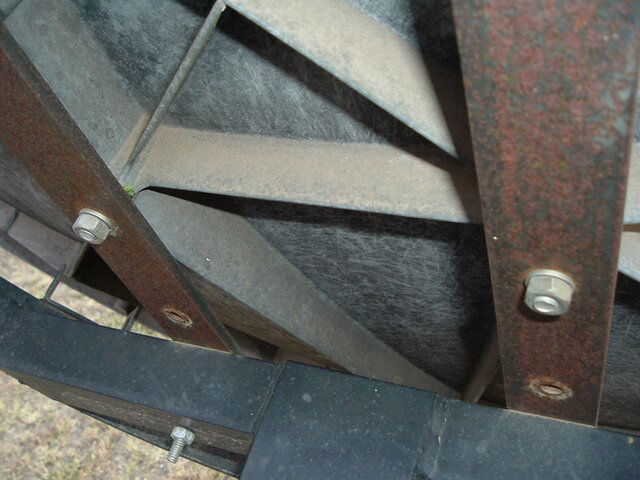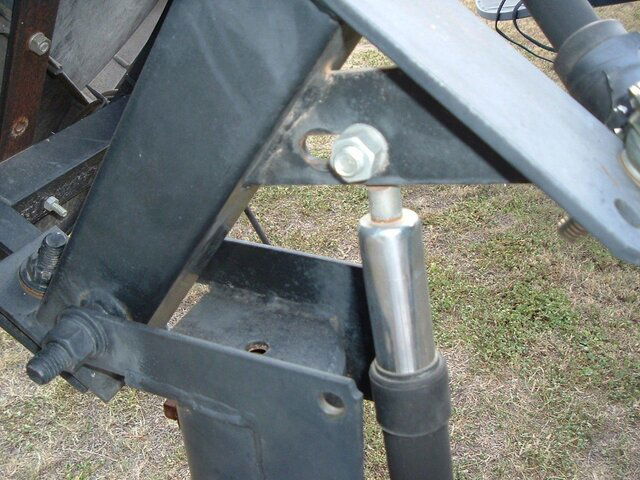Hard way to do it, but crafty !! I always wanted to try that, but it'd be slow as hell changing satellites and getting all those angles right with two motors. The other guys are right, if you build in enough off set to the dish you wouldn't need another actuator. I used a polar mount just like that, and found I had to remove the U-shaped clamp off the bottom of the ring, to get more space for 'declining' the dish. And still didn't get enough room so I had to build in more space. It was a learning project, for sure. You can use the aiming figures for a fixed offset dish on any given satellite, and find that angle of elevation with an angle meter placed on the front of the dish, while your polar mount is aimed at that satellite. You'll be able to see how much space is needed to add. I did learn one thing, after a week of trying, there is NO way the polar mount will track the arc unless it is set properly to your site's elevation. I thought adding in a little extra elevation would allow my offset dish to work without any other adjustments. It did, but only for a handful of satellites right in the middle of the arc, lol.















